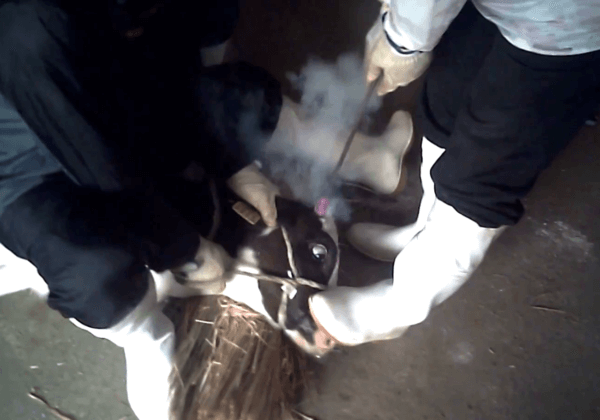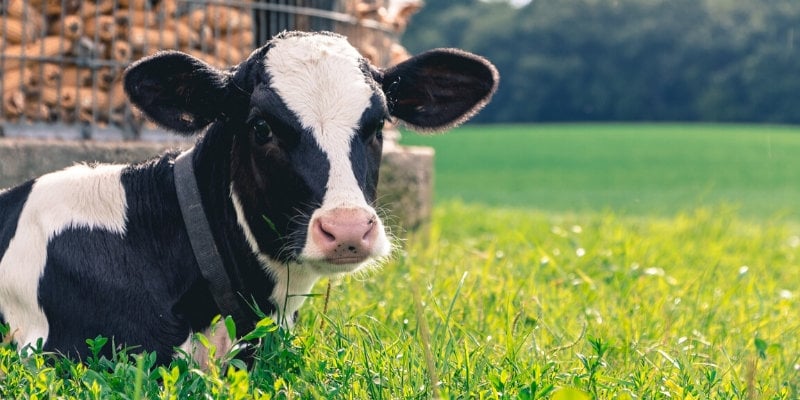Are Your Dogs Eating Rock Sundaes?
This article originally appeared on PETA Prime.
 When I first started my animal-friendly landscaping company 13 years ago, I asked my veterinarian/animal behaviorist, Kris Ahlgrim, D.V.M., of Golden, Colorado, to tell me about the most common yard-related problems that she saw in her clinic so that I could be sure to create my designs to help prevent them. One of the first pieces of advice that she gave me was always to ask clients if their dog eats rocks. I thought she was kidding, but it’s actually a very common problem. Now it is always the first question that I ask. As a matter of fact, the answer to this question can often mean the difference between life and death.
When I first started my animal-friendly landscaping company 13 years ago, I asked my veterinarian/animal behaviorist, Kris Ahlgrim, D.V.M., of Golden, Colorado, to tell me about the most common yard-related problems that she saw in her clinic so that I could be sure to create my designs to help prevent them. One of the first pieces of advice that she gave me was always to ask clients if their dog eats rocks. I thought she was kidding, but it’s actually a very common problem. Now it is always the first question that I ask. As a matter of fact, the answer to this question can often mean the difference between life and death.
As odd or comical as it sounds, “rock sundaes” are a very serious topic. In fact, nearly 80 percent of my clients live with dogs who eat rocks. Nobody really knows why some dogs eat rocks, but when I asked my veterinarian/animal behaviorist, she told me that “dogs eat rocks due to behavioral issues-it has nothing to do with nutritional deficiencies. They actually suffer from pica, the tendency to eat inanimate objects.”
She explained that when dogs eat rocks, it is very serious because, unlike wood mulch, rocks do not pass and can cause obstructions in their stomachs. This serious condition is life-threatening and usually requires surgery. Unfortunately, many people do not contact me about how to make their yards animal-friendly until after their dog companion has been released from the hospital after he or she ate a rock. Dogs can also wear down their teeth from mouthing and carrying a rock around the back yard. You can easily avoid a stressful and expensive veterinarian visit by using the right materials in your yard if your Fido enjoys his “rock sundaes.”
The landscape solution for people with canine companions who eat rocks is either not to use rocks at all or to install only large, chunky pieces of rock that they cannot fit into their mouths. These larger rocks should be at least 6 to 12 inches wide, depending on the size of your dog. Just be mindful that using large, chunky rock deters dogs from entering areas, which can be good if you are trying to redirect your dog to other areas or bad if you are trying to create a space specifically for your dog.
In areas that you still want to make inviting, you can install flagstone or pavers (large flat stones like tiles) instead of rock to create durable running paths along fences. Although this solution may not create the exact look or texture that you personally desire, by respecting your dog’s habits and avoiding using rocks, you can create a yard that is safe and beautiful for both of you.
In the end, it is always better to be safe than sorry!








